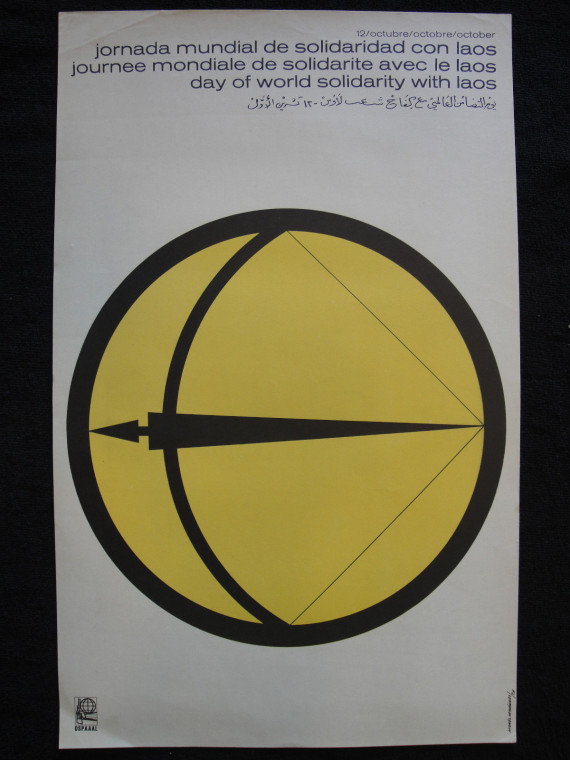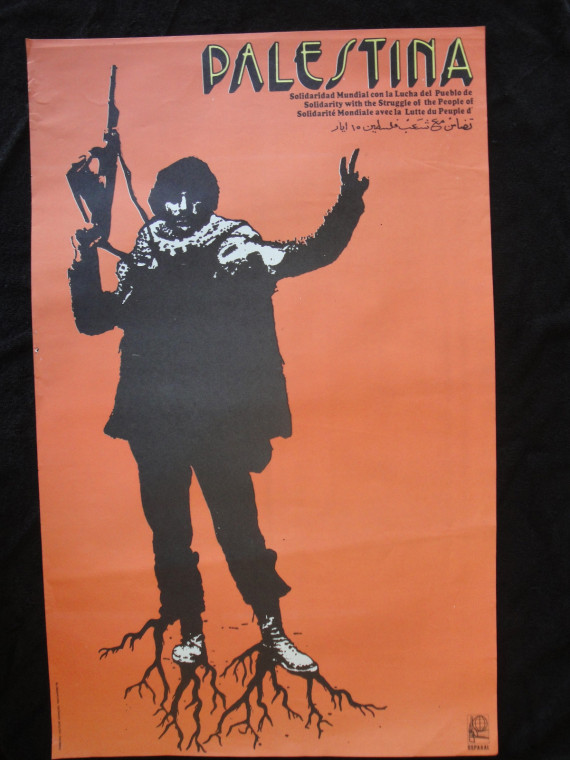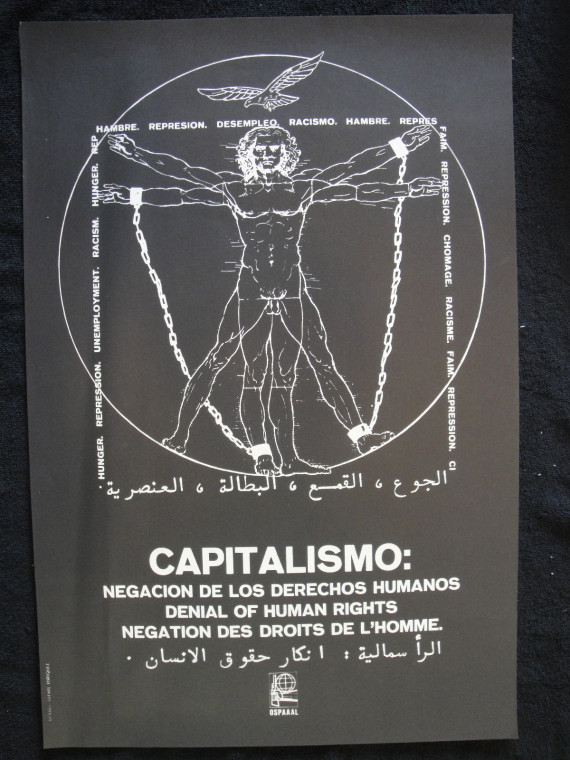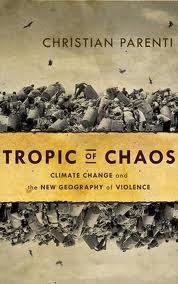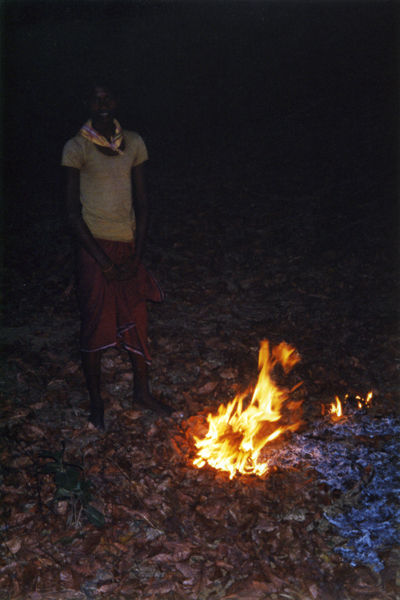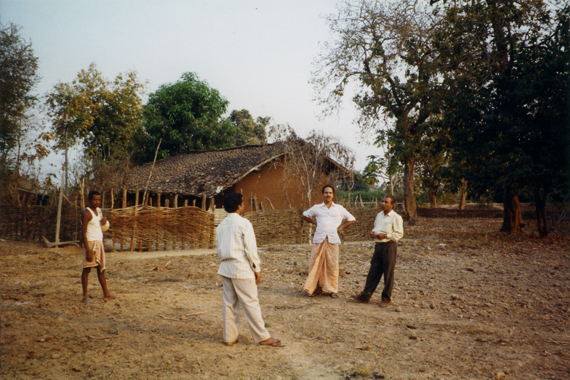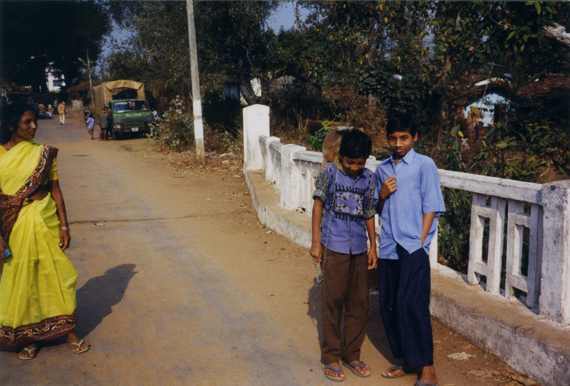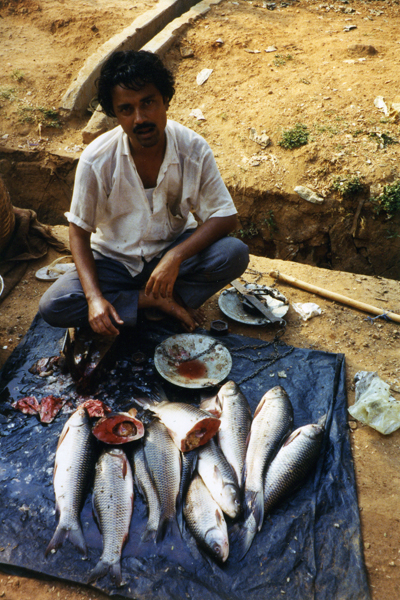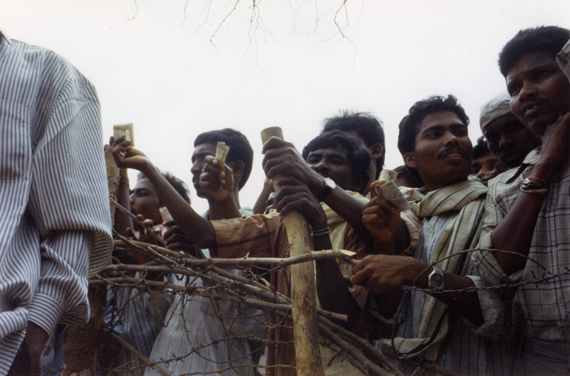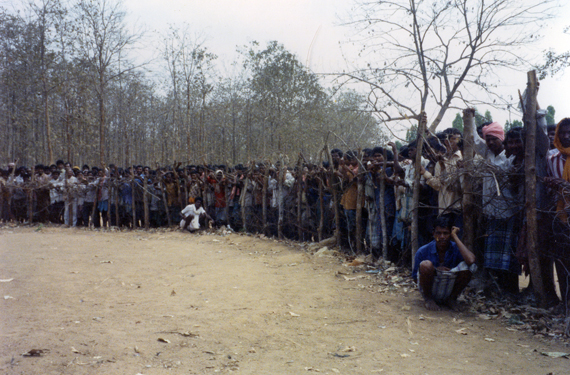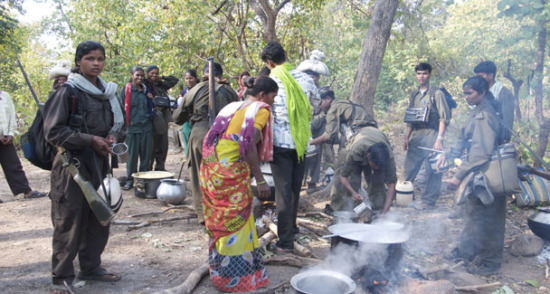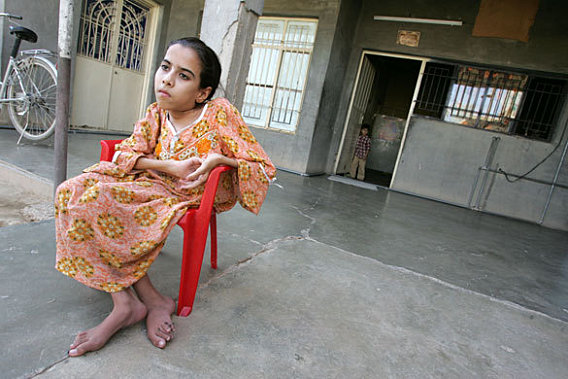It has often been said by film critics and enthusiasts that the decision to not show something disturbing or violent on screen can be more powerful than showing it — a cinematic or cinematographic equivalent of formal limitations in prose — and this is most commonly said of horror films. The ability of the limited frame, the minimal score, the inclusion of darkness and silence in the mise-en-scène to inspire the viewers imagination to generate genuine terror is limitless, as evidenced in the most disturbing moments of Hitchcock, Lynch, Bergman, and too many others to name. There is a common purpose between such techniques and the famous technical limitations of Bresson and Ozu (and their acolytes) — Bresson’s insistence on a single focal length for an entire film, Ozu’s regimented camera placement to reflect the point of view of a child (or Kubrick’s in The Shining, for that matter) — and it can be described as an attempt at radical subjectivity. In a period of film that is seemingly divided between the festival-adored self-reflexive spectacularism and shock of the Hanneke school (exemplified by the extraordinarily vapid Mexican film Los Bastardos of last year) on the one hand, and the Hollywood fetishism of the virtual, omnipotent and omnipresent camera, Lucrecia Martel’s exploration and development of the techniques of restraint and radical subjectivity are more than a breath of fresh air—they display the limitless psychological power of fundamentals of cinema: lights, camera, sound and action.
The Headless Woman is a sort of fever dream — the structure of the film creates a sensation of trauma and disorientation through a number of extraordinary means. The film opens with an intriguing scene of some kids playing with their dog, midway on some small adventure through the canals and dusty hillsides on the outskirts of an Argentinian city. There is tension in this very first scene as the kids climb rickety metal structures and cart-wheel into cement canals recklessly, yet as naturally as all pre-adolescents do. We then get a brief glimpse of the small society of bourgeois women that is the filmmakers primary concern, wrangling their young children, airing their concerns about a new pool being built and discussing upcoming social plans. In this scene, not five minutes into the film, we are already affronted with Martel’s full power as a filmmaker adept at evoking an immersive, natural atmosphere and keeping us fascinated with it while not being able to make any cohesive picture out of it. She gives us tiny, fleeting details that we remember for the rest of the film by framing them in arresting moments — of afternoon light catching the oily fingerprints of a child on a car window, for instance. In this overload of sensory information there is still a perfectly natural scene being depicted, but we are aware of the filmmaker crafting a thematic development through the edits and sound mix, always surprising us with frame after frame that we could not have expected but nonetheless develops the logic that permeates the entire film.
And thus, before we have been given any comfortable context or background to settle into, we are caught off-guard by the central event of the film: Vero, the character whose subjective experiences the film traces, is driving on the road along the canal and, in a moment of distraction caused by her cell phone, hits something. As with all of the violence in the film, this occurs off screen, and we watch Vero’s face as she quietly makes the decision to continue driving. We see, out of focus and far in the distance behind her car, the dog from the first scene lying in the road. This event coincides with the beginning of a violent storm, one which washes away the traces of the accident, along with Vero’s identity. Later, when Vero returns home, she is frightened by the entrance of her husband carrying the carcass of a deer he has killed while hunting.
Throughout the film, the frame is almost always placed in close, uncomfortable proximity to the main character Vero, and we watch her navigate a world she appears to be confused by and lost in — a world which is often shown only as an out-of-focus blur. This type of close-up is contrasted with Martel’s other recurring technique of creating planes of action in the frame, separated by walls, windows, fabrics and other screens. While the latter is reminiscent of some of Jean-Luc Godard or Chantal Akerman’s latest work (Detective or The Captive, especially), Martel has in these cinematagraphic forms developed a subjective means to explore control that is distinct from the famous static, presentational wides of Ackerman or late Bresson. Nonetheless, Martel clearly evokes the tragic figure of Jeanne Dielman in the meticulous colors and style of her leading lady’s accoutrements — like Akerman, Martel is extremely interested in the lives of mothers, who have an especially significant presence in the recent history of Argentina. Vero’s daughter, in her late teens or early twenties and suffering visibly from hepatitis, attempts to illicit genuine affection from her mother, who seems to treat all affection with a generic pleasantness and can give nothing other than her detached and vacant smile.
Of course, we cannot forget sound when talking about Martel’s films. The Holy Girl is one of the only films in recent memory that utilizes the full potential of naturalistic sound recording and mixing (Apichatpong Weerasethakul’s Tropical Malady being, for me, the other most noteworthy example of the last decade). In The Holy Girl, as well as in The Headless Woman, Martel is able to use the creation of a layered, subtly shifting sonic atmosphere to construct a mode of subjectivity — a task for which most filmmakers rely solely upon lighting and camera placement.
The dialog and the character’s reactions never make clear to what extent Vero remembers who she is or knows what is going on around her. When she runs into her husband’s cousin in a hotel restaurant after the accident, it is not clear if she recognizes him or is politely smiling and merely seeks the comfort of another human being. As she sleeps with him, navigates her way to a hospital, and finally makes her way home, the editing recalls the familiar film grammar of a series of recalled events, a reconstruction, and the film feels like a puzzle. The clues are in the tiniest gestures, and are often completely overshadowed by the overbearing hum of an electrical light, or startling city noises. Like the victim of a stroke or seizure, the reality of the film which Vero is navigating has become unweighted, all details have become equally and overwhelmingly disturbing, and there are no clear signifiers.
This neutrality gives us and Vero the opportunity to look at the structure of her life with newly detatched eyes, and the rest of the film is concerned with her realization and confession that she may have hit a child on the road, and the way in which the men in her life react to this. We follow Vero as she retraces the events of that day and her husband and his cousin have erased all traces of her stay at the hospital or the hotel, enacting a conspiracy to protect her from the world and herself. There are clues that she may have in fact killed a child, as we learn that one of the boys who works at a landscaping shop in the poorer outskirts has gone missing. We watch the back of Vero and her family’s heads as they slow in their car to watch the canal being excavated for whatever was washed in during the storm and has blocked the drain. As the men in Vero’s life erase the traces of that day they erase the possible truth of what happened to the child, and Vero’s connection to reality. This theme is given dominance and formal resonance in the film’s closing shot — Vero is greeted and hugged as she enters a large family gathering, only visible through tinted and distorting glass.
Vero’s complete disregard of her servants and the stark contrast between the lifestyles of Vero’s family with that of the impoverished neighborhoods on the outskirts of the town are important motifs that illustrate Martel’s implication of class structures in the types of social pressures that create “headless women”, and which condone the disappearance of children. Leslie Helperin, in her Variety write-up, remarks:
Despite the guilt theme, thesp Onetto keeps Vero’s signs of anxiety so subtle she almost doesn’t seem all that bothered. Maybe she’s not, and maybe that’s the point, but if this is a work of social criticism, indicting the callousness of the rich, it’s pretty mild stuff.
Stephen Holden in The New York Times writes:
You could say “The Headless Woman” is a meditation on Argentina’s historical memory. It subtly compares Verónica’s silent disavowal of responsibility for any crime she might have committed with that country’s silence during its dictatorship, when suspected dissidents disappeared. In interviews Ms. Martel has suggested that “The Headless Woman” is about Argentina’s refusal to acknowledge a widening economic disparity between the middle and lower class. And the scenes of light-skinned Argentine bourgeoisie interacting with darker-skinned workers suggest that the two classes are mostly invisible to each other.
Both writers believe that the references to Argentina’s history and class politics is subtle, mild, or vague. However, Martel manages to seamlessly incorporate political metaphors and realities into her films, and in The Headless Woman this is done partially through a deep psychological symmetry that echoes aspects of Argentina’s recent past — highlighting the deep impact of the violence and mass disappearances of the late seventies and early eighties. It is no accident that the film’s art direction is evocative of this period and thus of the many Argentine films that depict that period.
Filmed, like her other films, on location in the region of Argentina in which the director was born and raised, the characters of Vero and her daughter are roughly the ages that Martel and her own mother would have been during this period. The figure of the mother in relationship to Argentina’s history has been continually made important by the Mothers of the Plaza del Mayo, an association of Argentine mothers whose children were forcefully disappeared during the Dirty War the military dictatorship between 1976 and 1983, and who have demanded the official records be made public for over thirty years. These issues remain vital and political, at the very least to Argentinian audiences. While it is not by any stretch of the imagination a historical retelling or expository work of social realism, as a reflexive meditation on the difficulties of constructing an identity when recollection is distorted by trauma and prohibited by institutionalized power structures, this film could not be more direct, personal or powerful.




